STAT6000: Telephonic Survey Design for Public Health Demographics
VerifiedAdded on 2023/06/03
|5
|785
|152
Practical Assignment
AI Summary
This assignment details the design of a telephonic survey aimed at differentiating demographic characteristics between users and non-users of a community health service. It discusses potential sources of population data, including local government records, NGOs, and empirical studies, highlighting the advantages and disadvantages of each. The assignment advocates for stratified sampling to ensure representative demographic features. It outlines a recruitment process involving local NGOs and media advertisements to gather participants and obtain informed consent. Furthermore, the assignment presents a comprehensive questionnaire covering gender, age group, education level, marital status, income, service usage, and user experience, including open-ended questions to gather qualitative feedback on service improvement and reasons for non-usage.
1 out of 5
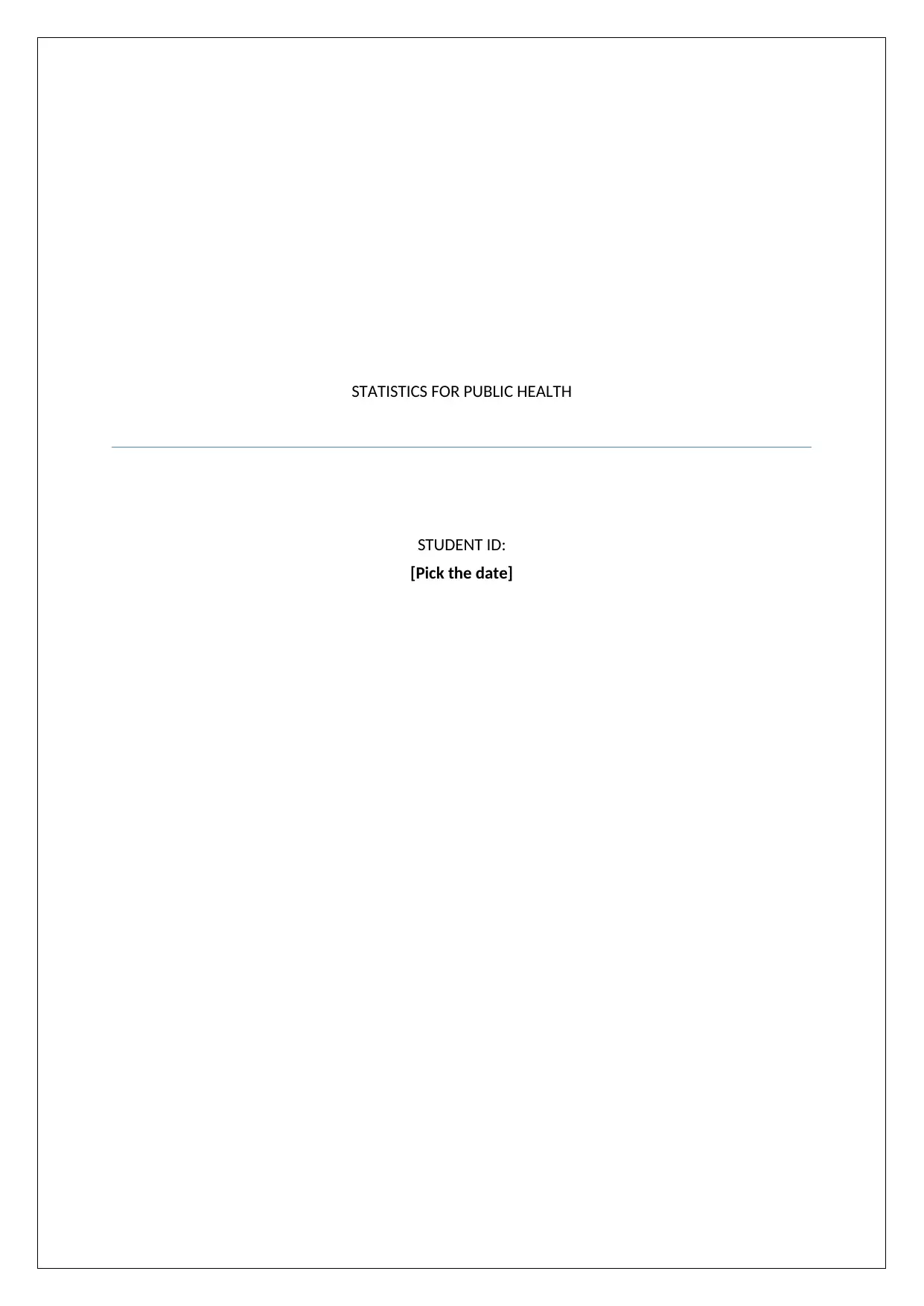
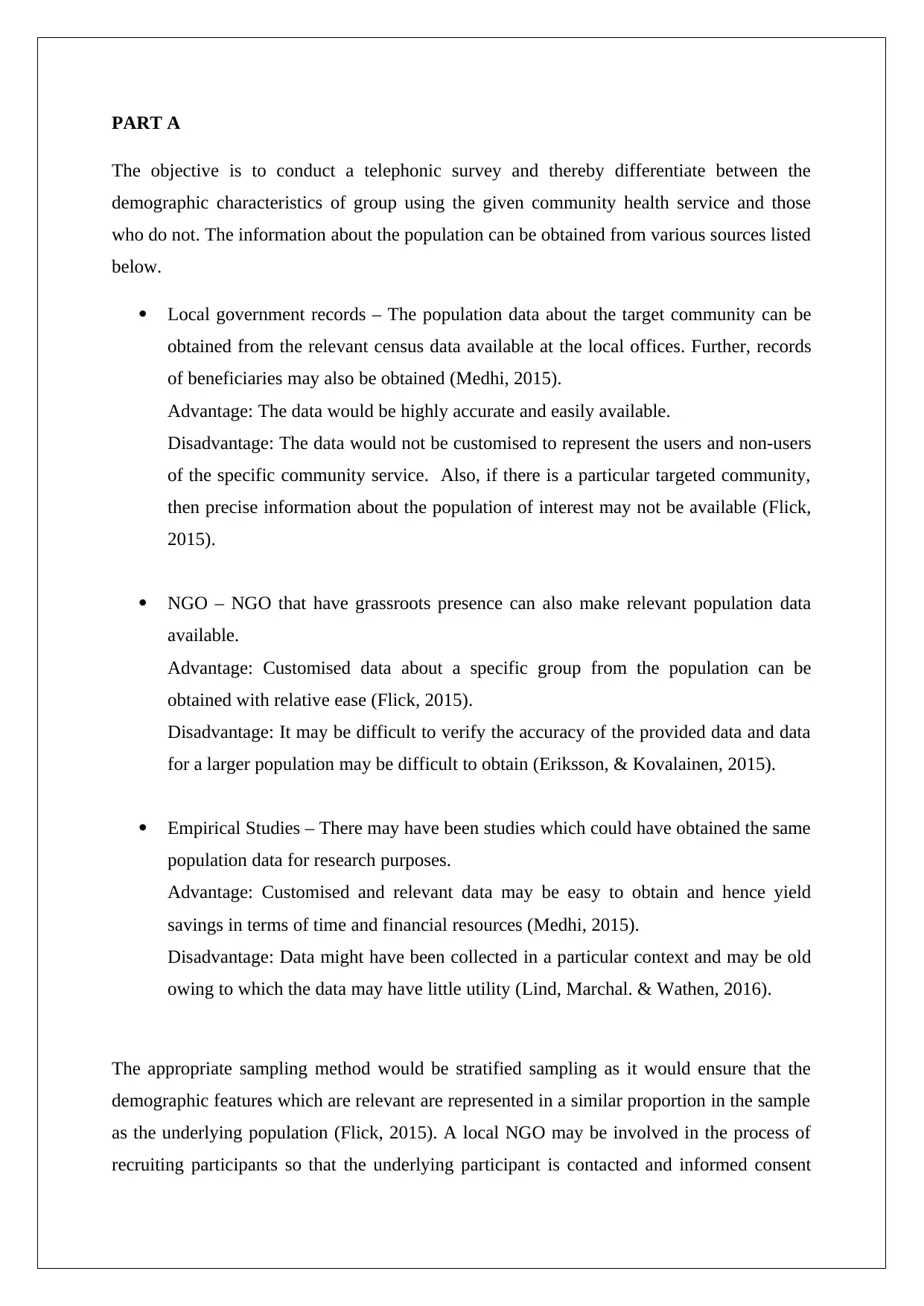
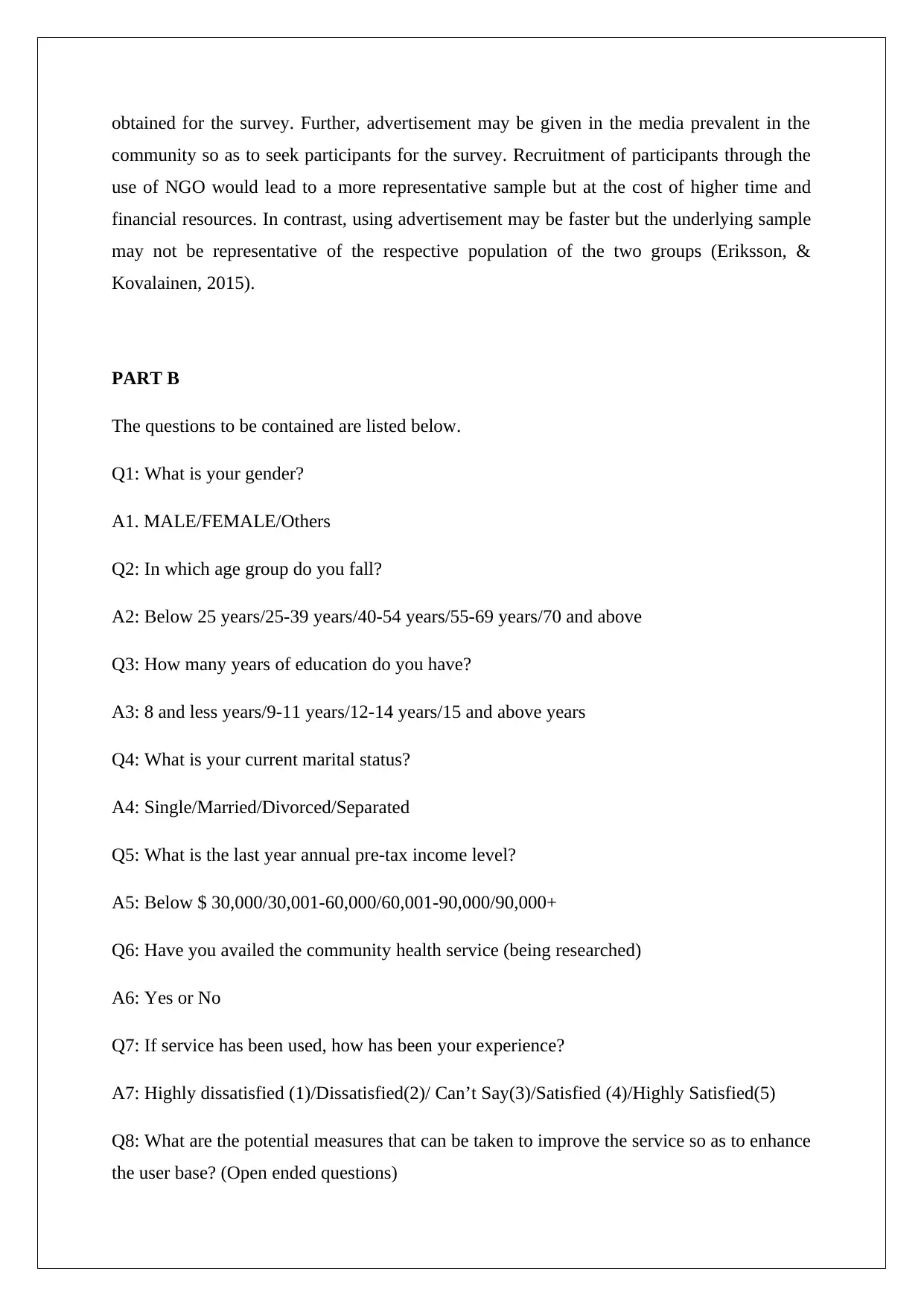
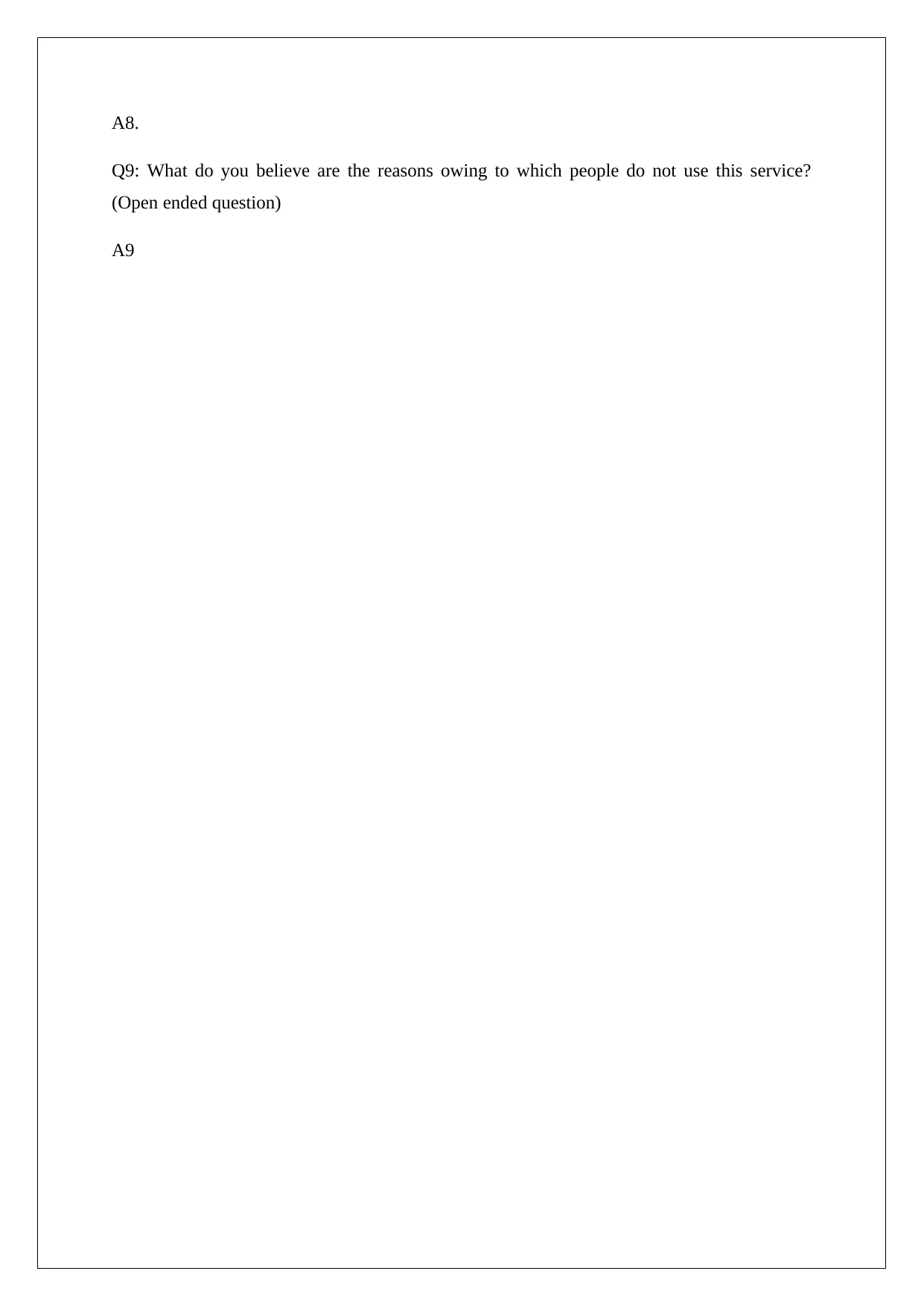
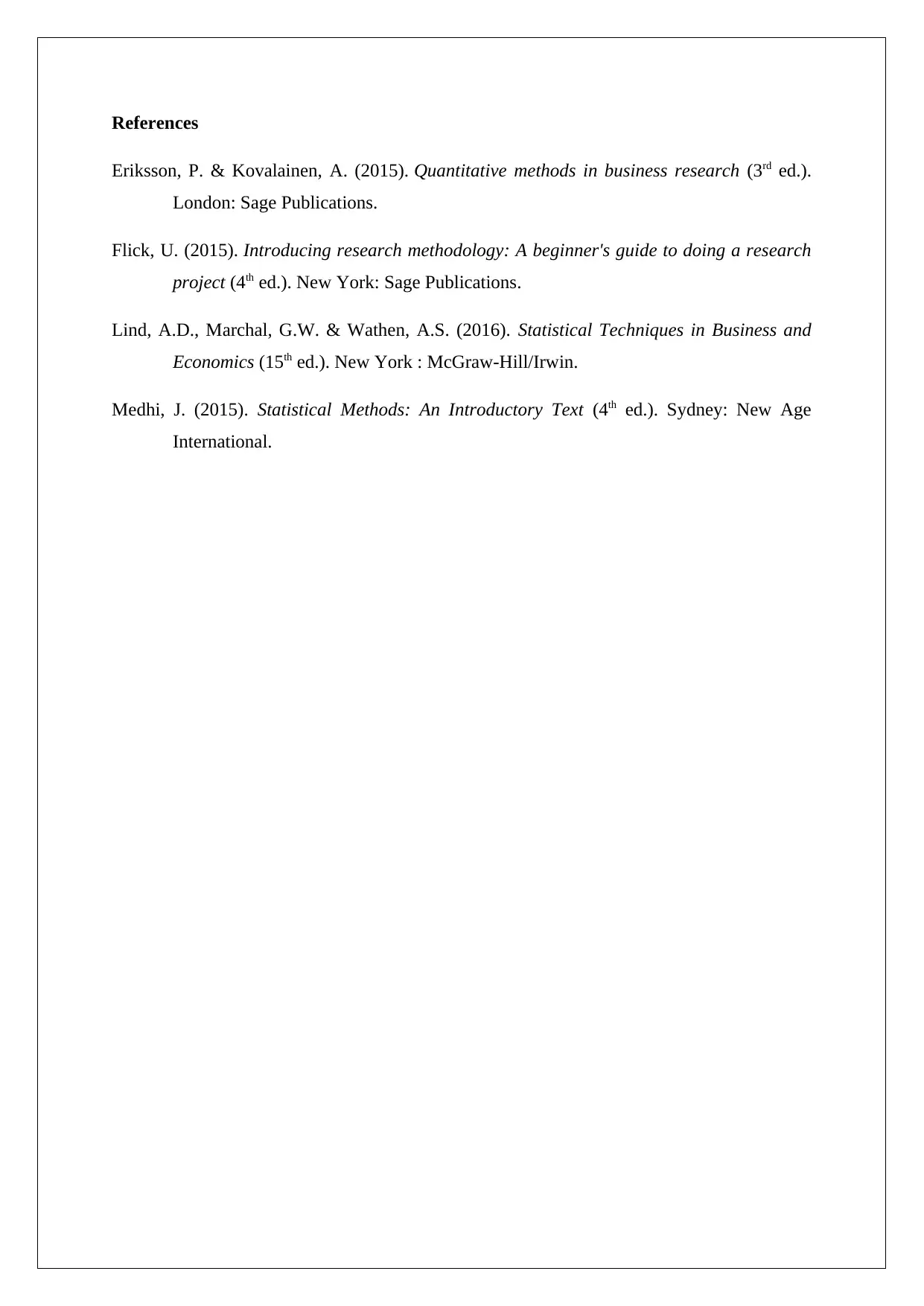






![[object Object]](/_next/static/media/star-bottom.7253800d.svg)